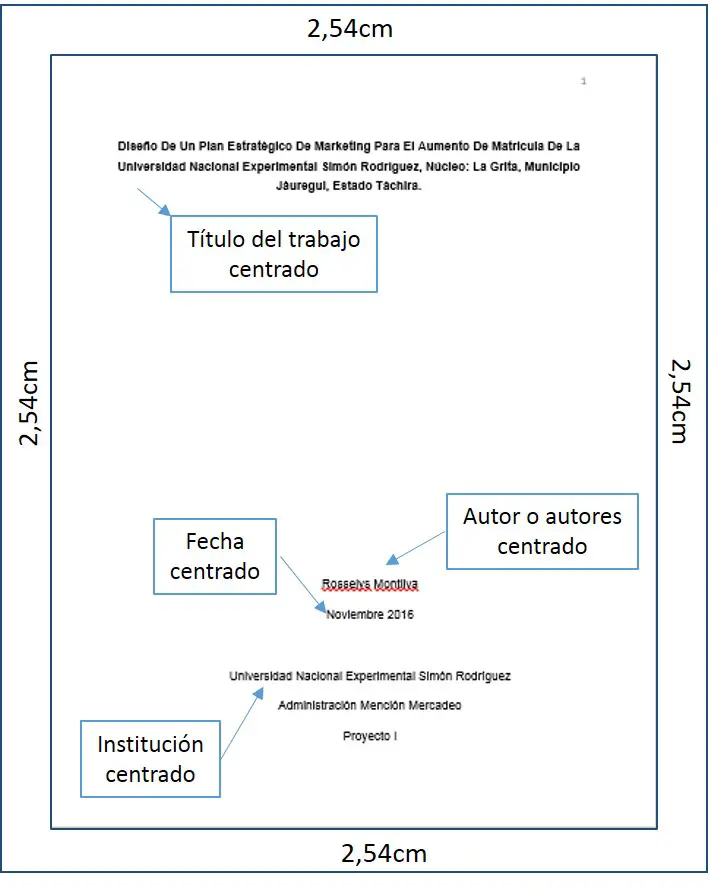APA references, also known as APA Standards, are a standard established by the American Psychological Association (American Pysichological Association, APA for its acronym in English) and that define the way in which authors should present their work and written documents in order to achieve greater understanding.
Initially, the standard was only for the publications of this association, but when its effectiveness in eliminating distracting elements and the organization and structuring of texts that facilitated their understanding was discovered and evidenced, it began to be adopted by other institutions until reaching the point where the one we are today in which It is the official norm for the presentation of written works of a scientific and academic nature.

What is the APA Publications Manual?
Such is the boom that APA references took since its first edition in 1929, that a series of publications have been made that indicate to authors the "best practices" for the publication of their texts, taking advantage of the guidelines for a better precision in the use of bibliographic references and thus avoid plagiarism.
Since then, a document containing "updates" of the standard referring to aspects of writing and text structures and also adapting to new ways of presenting information that go beyond books, as is the case of the adaptation of the standard that was made to incorporate references taken from the internet and subsequently the instructions for citing texts from Wikipedia or online dictionaries .
Manual editions
Every year universities and higher education institutions publish their own manual for the preparation of degree projects, based on APA standards, however they are not the APA manual itself, it only corresponds to a manual or instructions prepared by the institution for the work carried out within it. These can respond one hundred percent to what the APA manual indicates or they can distance themselves a bit in some aspects more than everything in form.
The APA standards manual prepared by the American Psychological Association has undergone modifications and adaptations since its first publication. in 1929, the most recent being the sixth edition, which is 2009, of which it is believed that it could be the definitive one, since at the moment there are no things that are no longer contemplated in it, in terms of information sources and ways of referencing them.
Use of APA standards or references
As we mentioned at the beginning, the APA standards were created by a group of psychologists for the American Psychological Association for a better understanding of the texts published by this institution, but being so effective and accurate, they have spread throughout the world, to the point that today Any publication that claims to be serious must be governed by APA references and presented in the format that they propose.
Whether they have scientific or academic content, all works must have the APA structure, especially in relation to bibliographic references and author citations, thus avoiding being accused of plagiarism for taking definitions or concepts that others have worked previously and they serve as references to later studies.
To give a basic example: all universities require that degree theses be submitted under the updated APA standards and there are some that even have their own edition of a manual that they distribute every year to serve as an orientation to thesis students.
How are APA standards used?
The way to use APA standards or references is through the use of the manual, following simple writing styles that are very specific with regard to the person or verb tense in which it is written. Equally there is a specific type of presentation for the organization of titles and subtitles and the paragraphs after them.
Below are some examples of how to use the writing style, likewise, there is an indicated format for margins, page numbering, cover design, internal citations in the text and bibliographic references that could be said to be the most important .
Below is an example of how a cover should be formatted under the standards established by the APA references, which indicates certain specific margins, the location of the title and even the recommended font type as well as the size it should have and alignment.

Some considerations about the APA standards that you may not know
You are one of the many who have wondered things like Why are they called APA standards? Who invented them? Why are they used all over the world? What are the advantages of using them? We will answer some of those questions below.
- They owe their name to the acronym in English of the American Psychological Association since they were invented there and that is why they are called APA standards.
- APA standards in their early days they were not intended to become a globally standardized format, they just wanted a better understanding of the scientific texts published by the American Psychological Association.
- Usually people use to bold titles, however APA standards suggest otherwise: titles are not in bold and must be all lowercase, except for the first letter of the same and additionally, it is not recommended that they have more than 12 words.
- The official website of the standard is apastyle.org and it receives constant updates and adaptations, according to the rhythm of society, it requires that the standard be used.
- The previous version of the standard suggested a double spacing towards the left side (5cm) as it considered that Most of the publications were made in printed format and this margin gave the possibility of a good reading, giving enough space for binding.
- The most important aspects that should be considered in APA references are those that correspond to the way of making textual citations within the writing and the way of making bibliographic references for a simpler understanding.
Advantages of using APA references
- By using the APA references, all the necessary information is presented in summary form, without subtracting information that makes it difficult to understand the idea you want to express. This facilitates the reading and understanding of the texts that you want to present, unlike those that are done following other writing styles or none at all.
- Simplify and facilitate the search for scientific information, allowing the researcher to have his ideas in order and to find more easily the texts that have been published and that refer to the research area in which he is working.
- They facilitate the understanding of the reader and the general public about the contents that are the author's own or those that he is using that correspond to research by other authors, thus making it possible for those who read them to go to the original source and also cite that idea or simply expand the information a little more.
- The practicality of cover design makes it easier to identify the author (or the authors) with which it is easier to locate them later and also reference them.
- The use of titles and subtitles in a structured way allows to maintain a clear idea of the global content, knowing what things are in others.
In conclusion, although the APA references have not been created with the intention of serving as a standard for all types of publications both in the scientific and academic fields, the practicality of their use has made them ideal for any type of publication today and they have been adopted as a worldwide standard measure for serious and quality publications.

